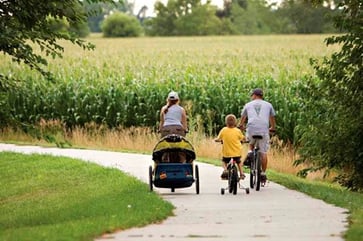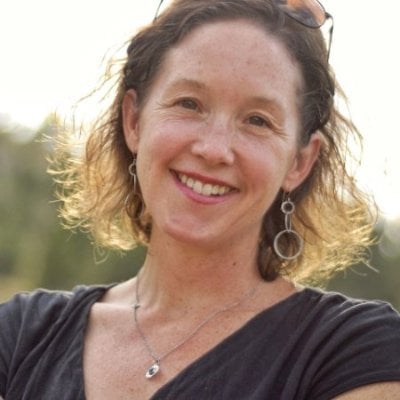As interest in collective impact grows, the question of how this work can look in rural communities continues to arise.
Rural communities face unique challenges when considering collective impact. With sparse organizational infrastructure and minimal philanthropic dollars, rural collective impact practitioners are asking: What does a backbone organization – or even a backbone function – look like when there are few local organizations, and even fewer private or public sector funds available to support the work? How can we develop shared measurement when there is limited existing data, limited capacity to gather new data, and very few “data geeks” hanging out in cow country, eager to lend a helping hand?
As we work through these core questions, another fear arises: How do I stay up on emerging promising practices and examples of what’s working, when I live in a remote state? How do I, as Stephen Covey would say, sharpen my saw for the hard work ahead?
Fortunately, there are terrific on-line forums to ensure that collective impact practitioners can learn from one another. Two of my favorites are the Collective Impact Forum, hosted by FSG and the Aspen Institute, and Tamarack Institute.
Liz Weaver of the Tamarack Institute recently blogged about new books she’s reading, one of which is Systems Thinking for Social Change by David Peter Stroh. In his book, Stroh explores a four-stage change process (build a foundation for change; use systems mapping; engage people in the analysis; and make an explicit choice), and emphasizes the importance of relationships in systems change work.
In my work with educators, we know relationships are at the core of any effort to connect with a hard-to-reach child. If there is trust, anything is possible, but without that trust, it is very difficult to help a struggling student. In collective impact, people often cite Covey’s observation that “progress moves at the speed of trust” recognizing that the hard work of working across organizations and structures involves patience, risk-taking and deep engagement.
Stroh applies this essential understanding about relationships to systems change, and observes that the best way to improve or optimize a system is to improve the relationships among its parts, rather than working to improve each part separately.
This observation holds great promise for rural collective impact initiatives. As private and public resources are scant in rural communities, it’s my experience that most rural organizations run a pretty tight ship and regularly “squeeze blood from a stone” to maximize their impact. By emphasizing the importance of how different programs, services and organizations relate to one another – be it through a cradle to career framework, or envisioning seamless transitions between programs, or finding new opportunities to leverage one another’s efforts – rural communities can strengthen the connective tissue of existing endeavors, a precursor to exploring what is possible to co-create.
In my work with Graduation Matters Montana, a statewide “nested collective impact” initiative, we saw tremendous gains when we helped local school staff, Main Street businesses, local non-profits and students come together to discuss their community’s strengths and needs related to high school graduation efforts. Central to the work was to map what already existed in the community – be it programs, initiatives, or even specific people who act as resource hubs and connectors – before exploring what more was needed or possible.
Collective impact can be a very helpful framework to guide the hard work of strengthening the relationships between efforts in rural communities, in part because collective impact provides disparate groups a common language for what the complex work of collaboration and systems change can look like. A helpful framework, strengthened relationships, time spent building trust: these are essential components of efforts seeking to realize meaningful, long-term impact.





